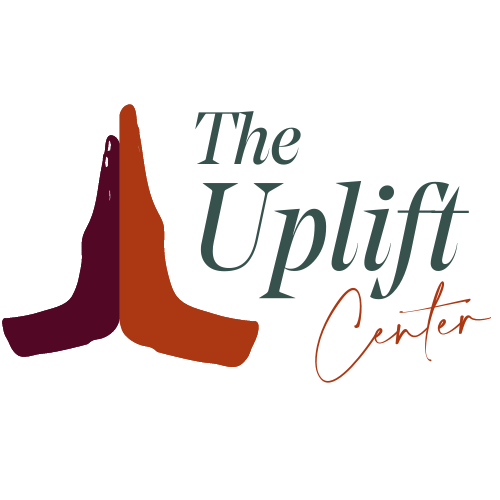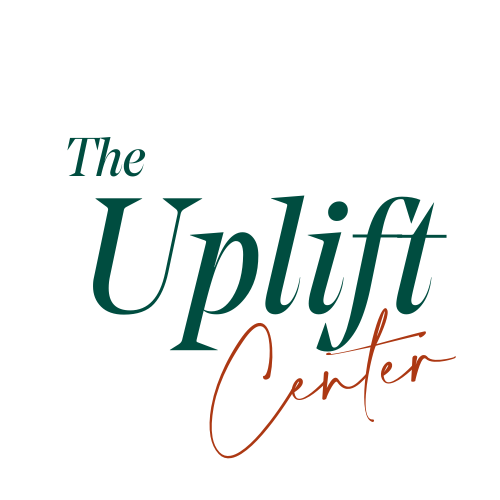Why I Made Yoga Fun
Written by Drunk Yoga’s Founder/CEO, Eli Walker
First, let me say this: I LOVE “sober” yoga. I do it daily. I don’t attend public classes often anymore, but my ritualistic morning practice is the best part of my day. I love moving my body in conjunction with my breath, cutting through space in postures with presence, and using my imagination to illuminate my body, soul, and subtle inner-workings with intentional gratitude and optimism. Whether I practice for 10 minutes or 2 hours, to me, yoga is a bodily prayer that connects me to the universe at large. It’s a humbling practice that reminds me not to take myself too seriously. These ideas I have about myself don’t belong to “me,” anyway, you know? Not even my stories are “mine.” I’m a part of something bigger than I can see, and yoga makes me feel excited to keep exploring life on Earth, or wherever.
Second, let me also say: I don’t often attend yoga classes anymore because they usually don’t make me feel great. I find them increasingly militaristic…patriarchal, even. If you look beyond the fit and beautiful female yoga teacher in her mid-twenties calling out “vinyasas,” you might recognize that this tradition stems from a tradition of male “masters” slash gurus who tell the all-serving student what to do, how to be, etc.
And listen, no judgment there. It’s all good. Truly. That tradition, and the fresh ones that branch from it, are great techniques to help you calm your mind and develop a relationship to the one who’s doing all the thinking.
But sometimes, it…yeah. It makes me feel weird. It reminds me of classical theatre. Yoga classes are a lot like theatrical experiences, after all. In them, I look around at all of the people situated in rows upon rows—of yoga mats, theatre seats—quietly pretending that there is nobody next to them. They’re behaving “properly”—all eyes on the teacher, the performer. There are two worlds existing simultaneously—the audience of students, soldiers—and the world in which the storyteller lives.
Okay, so, side bar: I love experimental theatre. You know the really weird shows that are ever-growing in popularity where the audience becomes the performance, and the actors engage with the spectators? I love that stuff. (Trendy examples: Sleep No More & Blue Man Group)
I developed a passion for experimental theatre when I attended NYU’s Tisch School of the Arts for acting. I trained in two starkly different acting methods. The first at The Lee Strasberg Institute for Theatre and Film—this is what you’d know as “Method Acting.” This training involves sitting in a cold metal chair and igniting a conversation with sensorial memories for the purpose of manifesting emotion to draw upon in your acting. (Ex: remembering the taste of the Lucky Charms cereal you ate for breakfast when you were young, which reminds you of your dog that’s sitting by your feet, who recently passed away. Suddenly you’ve got tears streaming down your face and you’re ready for your grand entrance as Ophelia.) The other method(s) I learned were during my time at NYU's Experimental Theatre Wing, where I learned to spark emotion through imagination and movement. This idea being that if you’re playing a character who is apoplectic, for instance, and you roll around on the floor screaming and shaking, wholeheartedly surrendering to the experience of doing so, the audience will believe you’re crazy…because you’re acting crazy. (See how that works?) However, the nuance lies in the fact that you’re very aware that you are an actor rolling around on the floor acting crazy, and that the feelings that arise for you in this moment are all valid and fair game to draw upon, because they are true, and you are present. You’re simply creating a crazy CONTAINER…a crazy container in which presence can live. You with me?
And, when you’re present with yourself, you’re present with the audience—ready to work with them, engage with their responses, perhaps even encourage them to engage with each other on this crazy train together.
When I’ve glimpsed this experience in yoga classes—the permission to speak to others in the room and the comfortability to engage as both storyteller and listener, I’m enraptured. Not only is the experience insightful, inspiring, and cathartic—it’s FUN. (And, you guys? I think we all really need to have some fun…) It’s enjoyable to feel a part of a group—to uplift others, and feel uplifted by them, too. We’re all looking for connection to each other in THIS world. Not some sort of unattainable presence in the quiet, complicated world of another dimension—(which is what we might feel in “normal” yoga classes).
So you see, I understand why traditional yoga classes make newbies feel nervous. Yoga is hard, it’s weird, it’s vulnerable, and let’s be honest, a little pretentious. (There. I said it.)
Because of this, I wanted to start a business, or a movement, rather, that makes yoga fun. I wanted to figure out a way to create an experience that enhances everything I already love about yoga by making it communal. Where everyone inherently has permission to be themselves, talk to each other, offer ideas, laugh, dance, and engage with the present in real time. No yoga soldiers. Just yoga friends.
I figured, what better way to make people feel comfortable to really participate in a yoga class than by creating the container for it to feel fun? Like, oh, I don’t know…a party in a bar with a glass of wine in your hand?
Enter stage left: Drunk Yoga.
In conclusion, my friends, yoga is a universal practice that helps you develop a loving relationship to yourself and those around you. Whatever container it’s practiced within is really fair game for anyone’s design, much like various methods of acting—whatever prepares you for your grand entrance…whatever tells the best story.
When the story is “real life,” and I’m the narrator, I choose fun.


